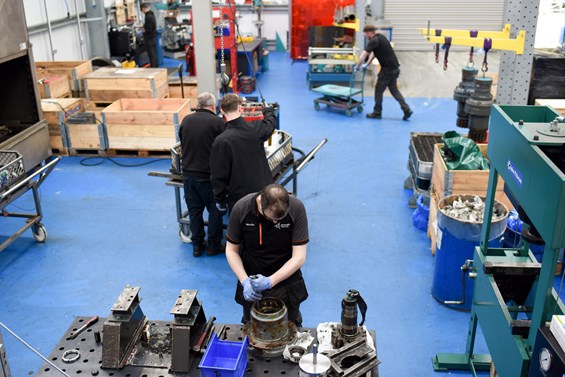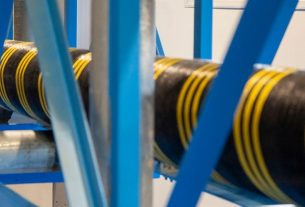United Kingdom – The reuse, renovation, and re-engineering of damaged wind turbine parts may create tens of billions of pounds for the UK economy, claims a new coalition.
By 2035, creating the capacity to repair wind turbine parts in the UK could save more than 800,000 tonnes of parts from being destroyed and create more than 20,000 full-time equivalent employment.
The organization, which currently consists of the National Manufacturing Institute Scotland (NMIS), the University of Strathclyde, SSE Renewables, and Renewable Parts, released the statement as they introduced CWIC, the new Coalition for Wind Industry Circularity.
Transition to circular
As a wind turbine element breaks down or reaches the end of its useful life, it is usually replaced by a new component, with the old part being generally discarded as scrap. By creating a new, UK-based sector capable of transitioning to a circular method for replacing onshore and offshore wind components, CWIC seeks to change this. In addition to being essential for achieving net-zero goals and promoting energy security, this will also lead to the creation of thousands of employment and promote economic development in the surrounding areas.
New research
By 2035, there are expected to be 120,000 wind turbines (584 GW of capacity) operating in the UK, Belgium, Denmark, France, Germany, the Netherlands, Poland, Portugal, Spain, and Sweden, according to analysis conducted by BVG Associates on behalf of the Coalition.
This new research suggests that a UK supply chain that can restore only ten of the thousands of parts that go into a single wind turbine may get access to a European market that will contribute almost £10 billion to the UK GDP between 2025 and 2035. This potential economic impact might be greatly increased by expanding UK capacity to serve more wind turbine components and export markets.
Also, according to BVG Associates, this effort might avert the scrapping of more than 800,000 tonnes of parts and create more than 20,000 full-time equivalent employment by 2035.
The National Manufacturing Institute of Scotland and the University of Strathclyde’s most comprehensive study to date on the obstacles to circularity in the wind industry was also published by CWIC. According to the study, most organizations supported the circular economy but had trouble putting it into practice.
The University, NMIS, SSE Renewables, and Renewable Parts have launched a new endeavor to find a solution.




